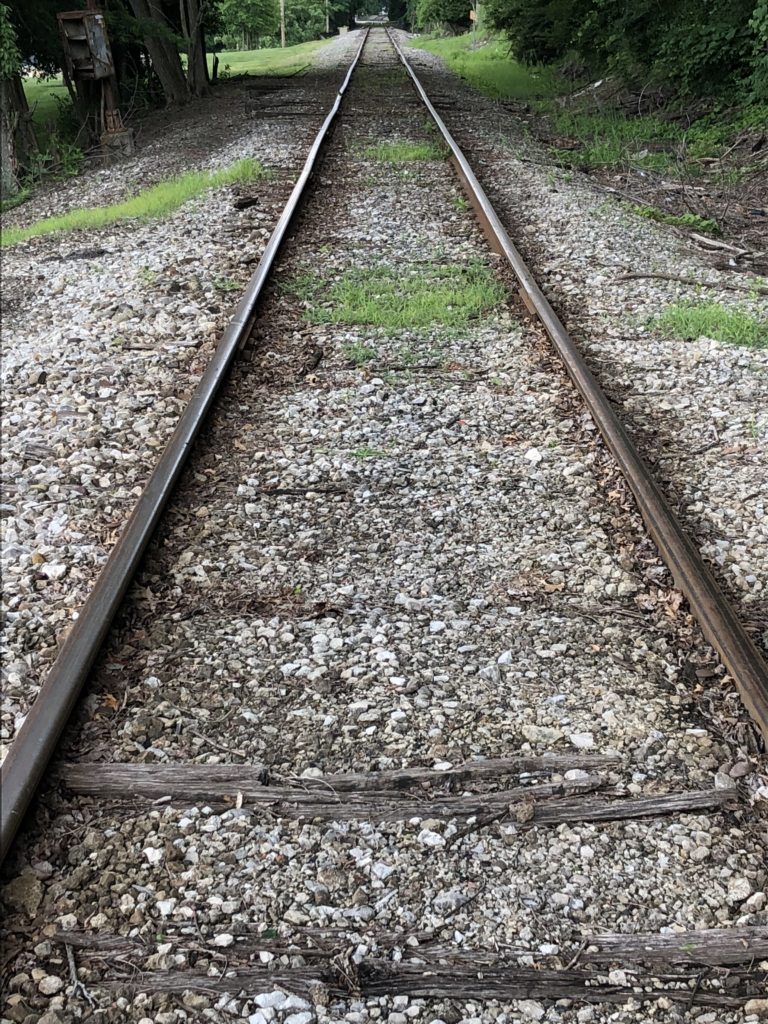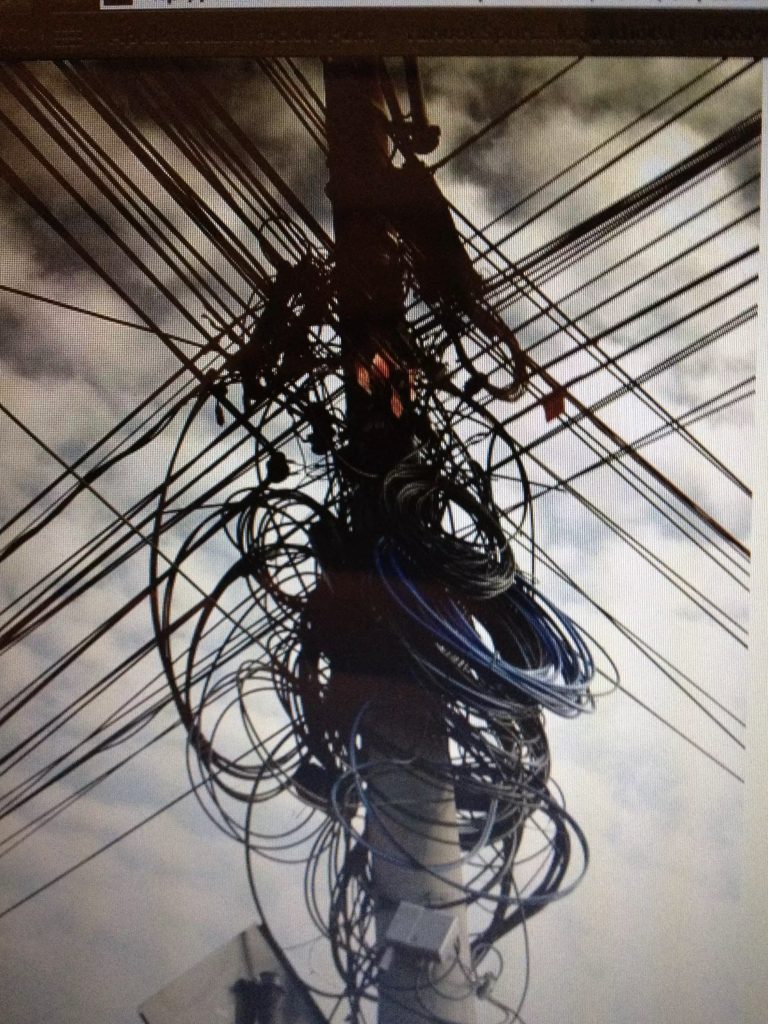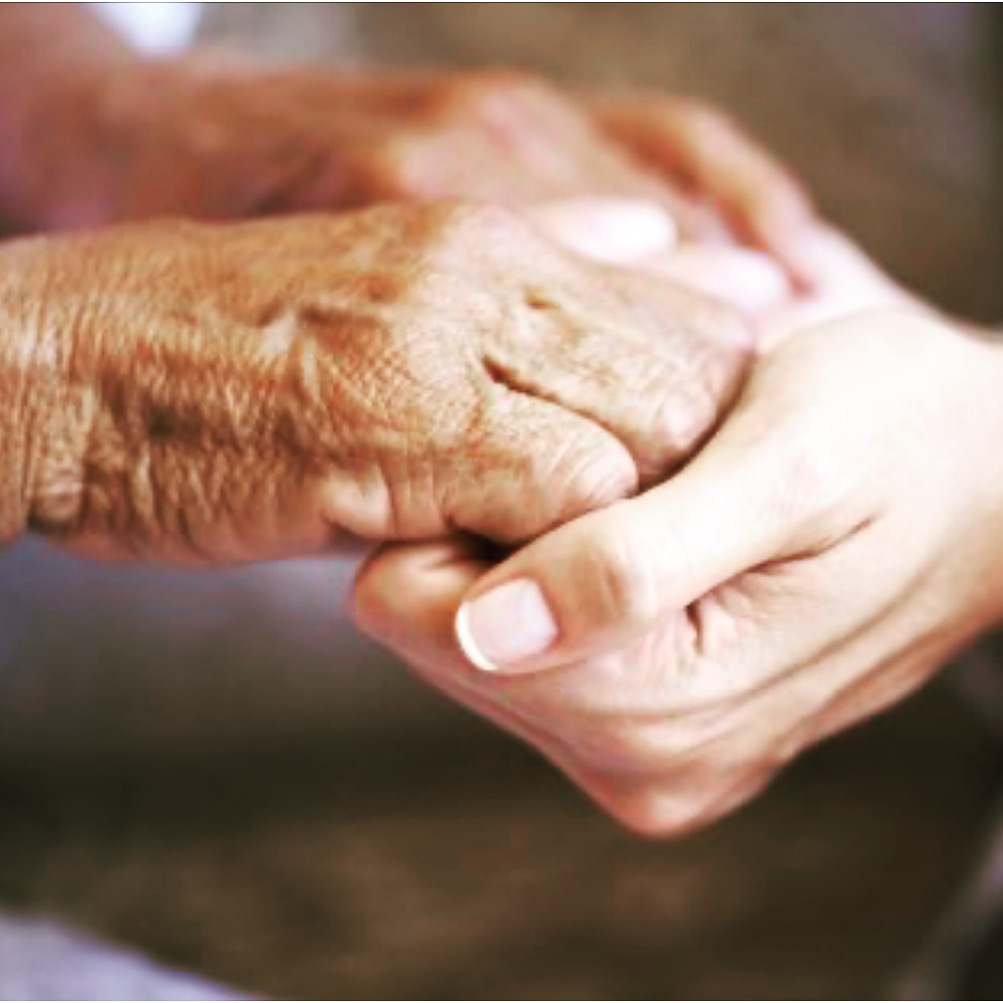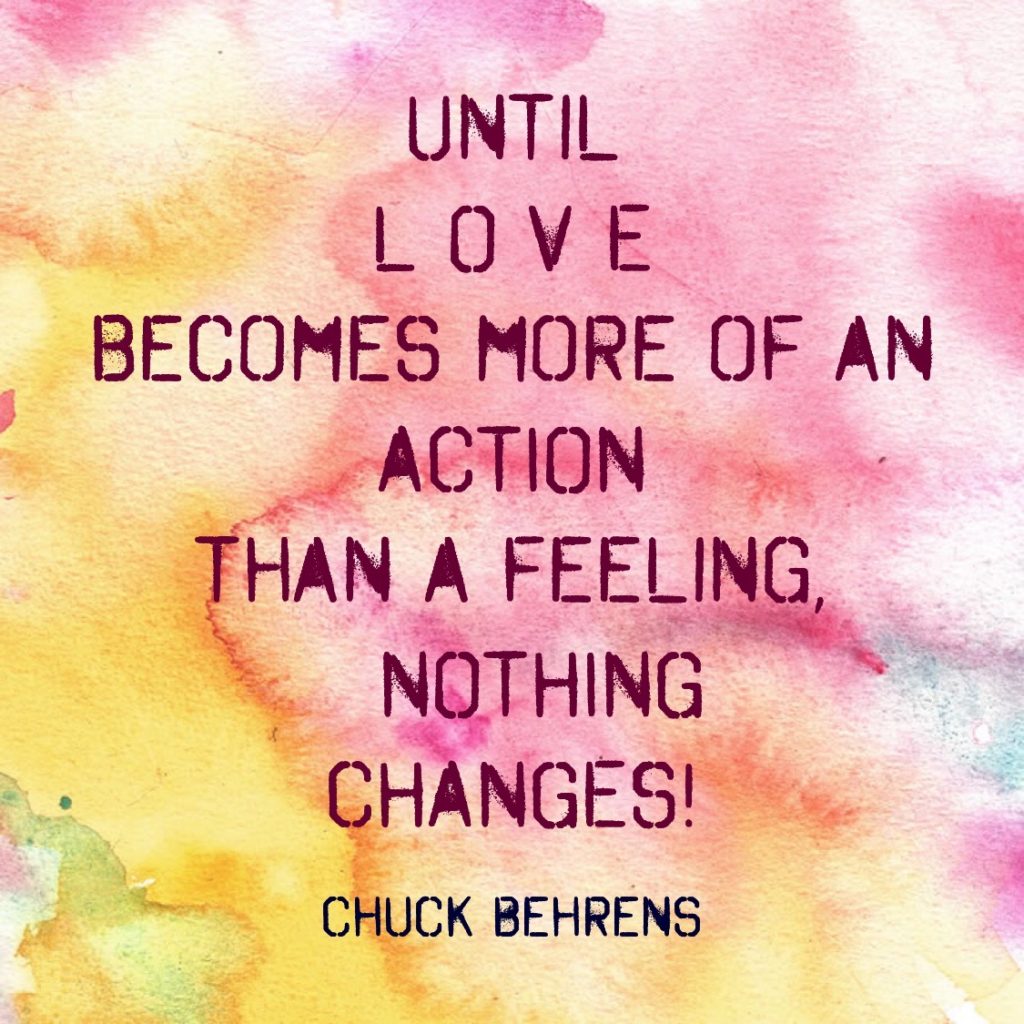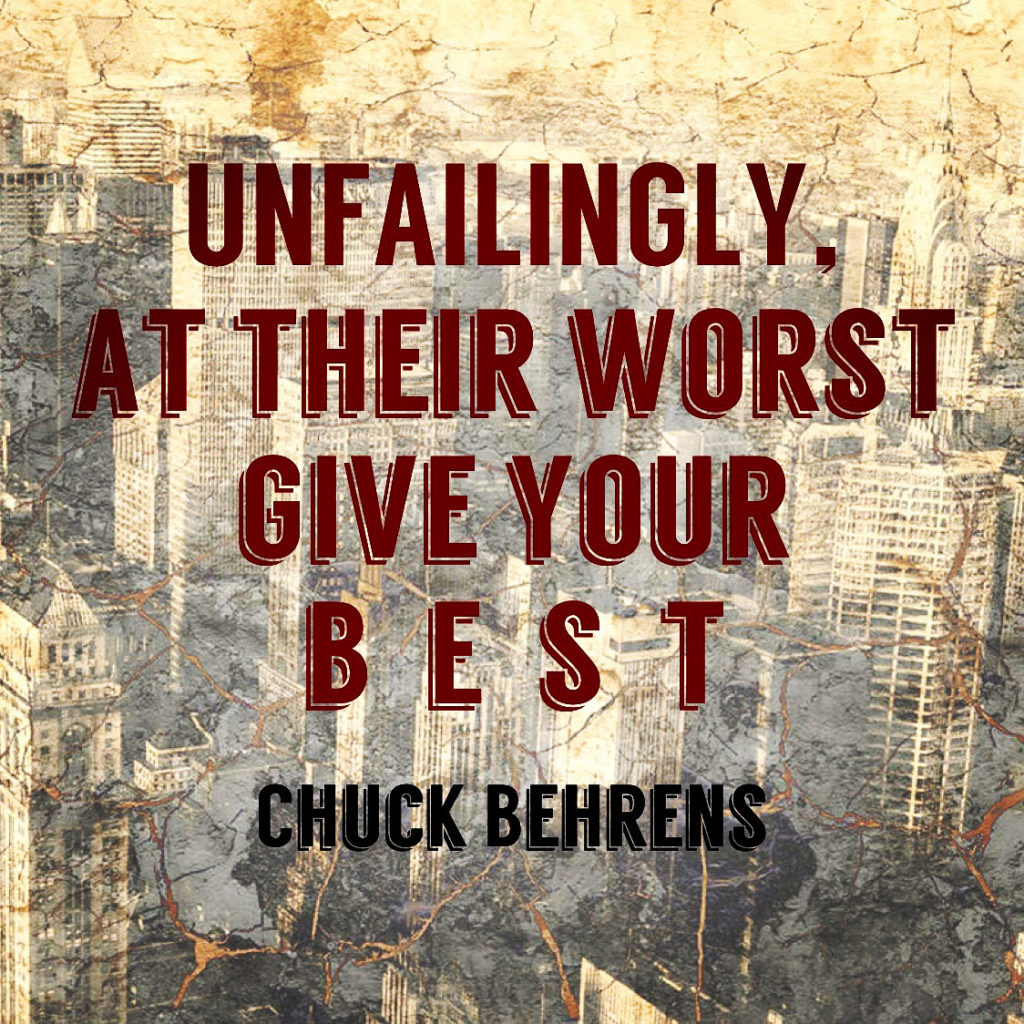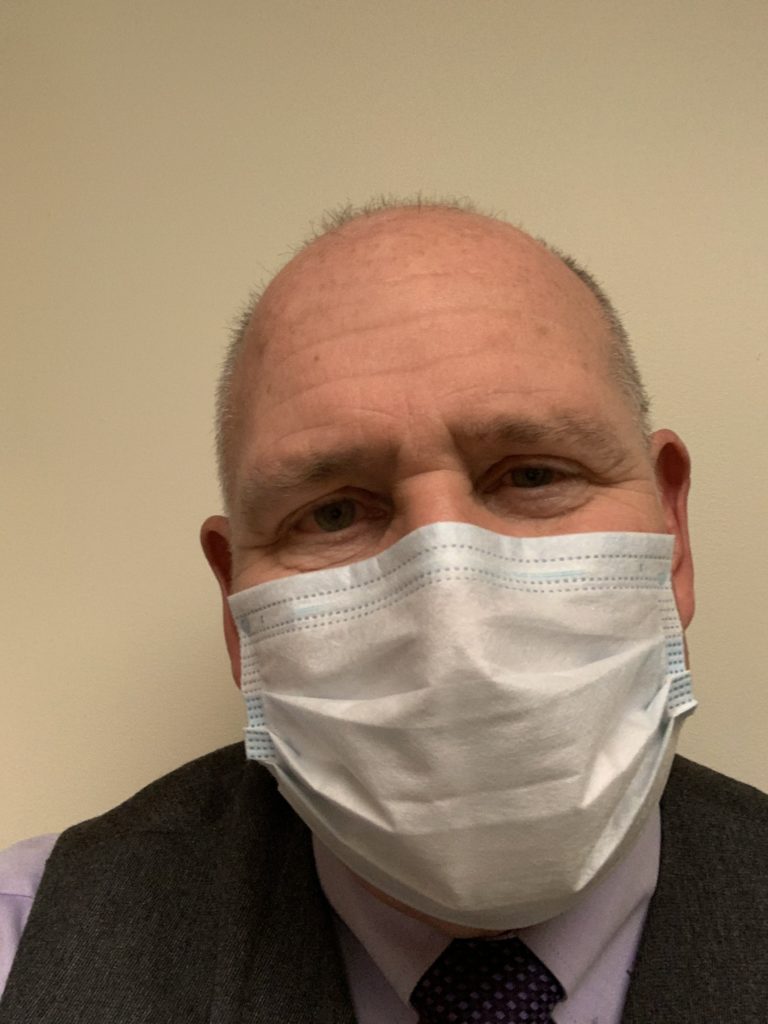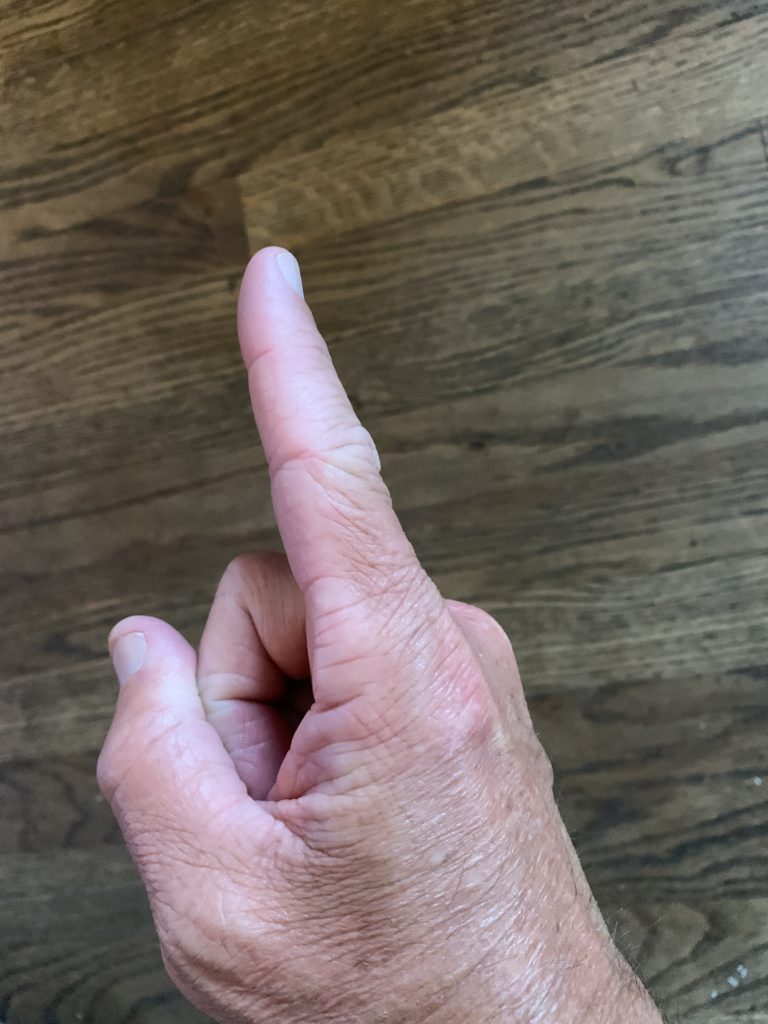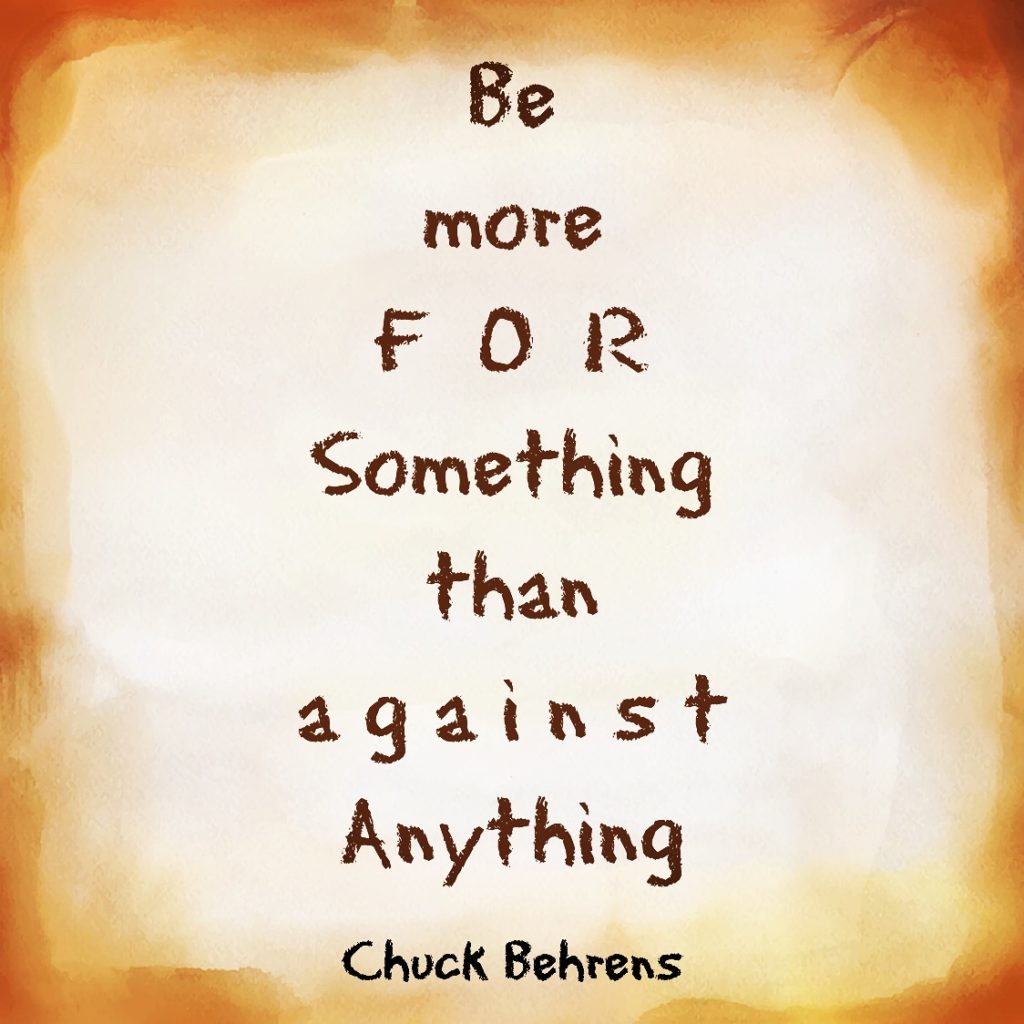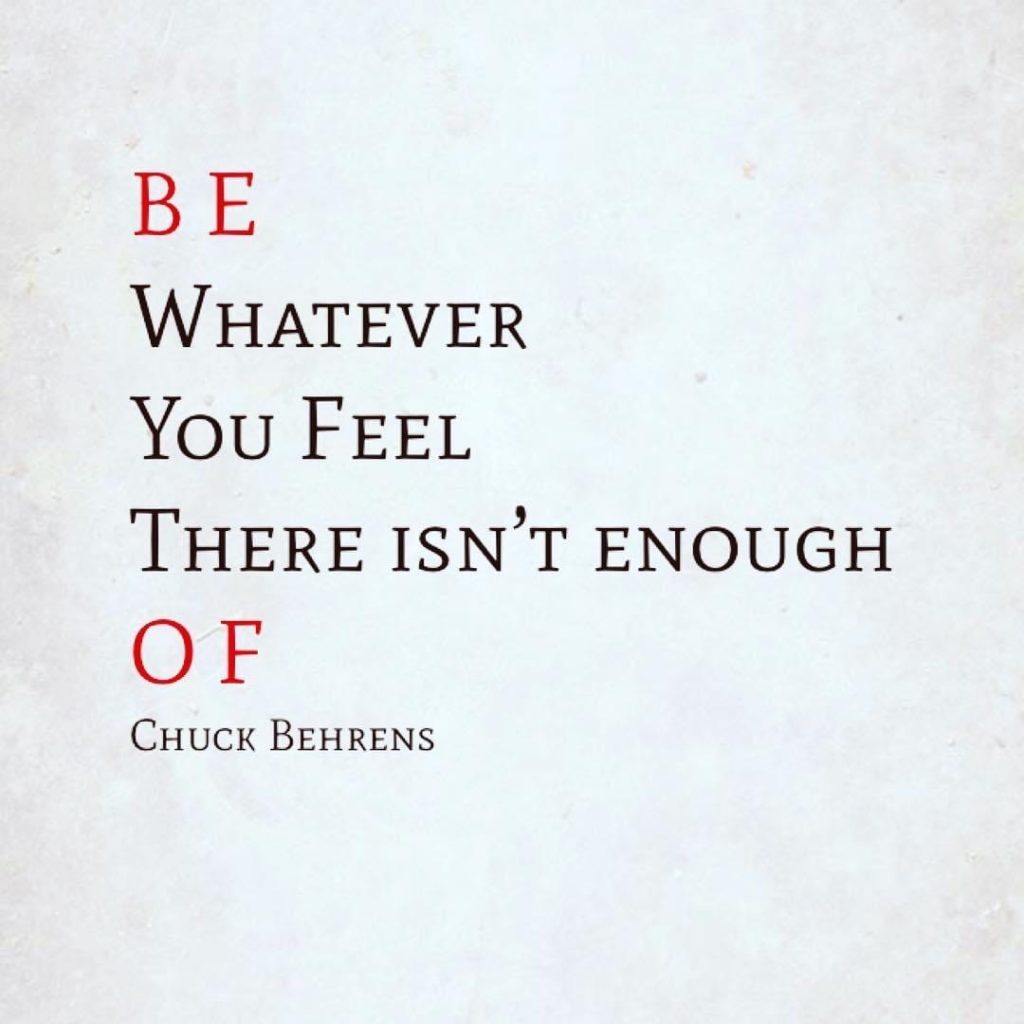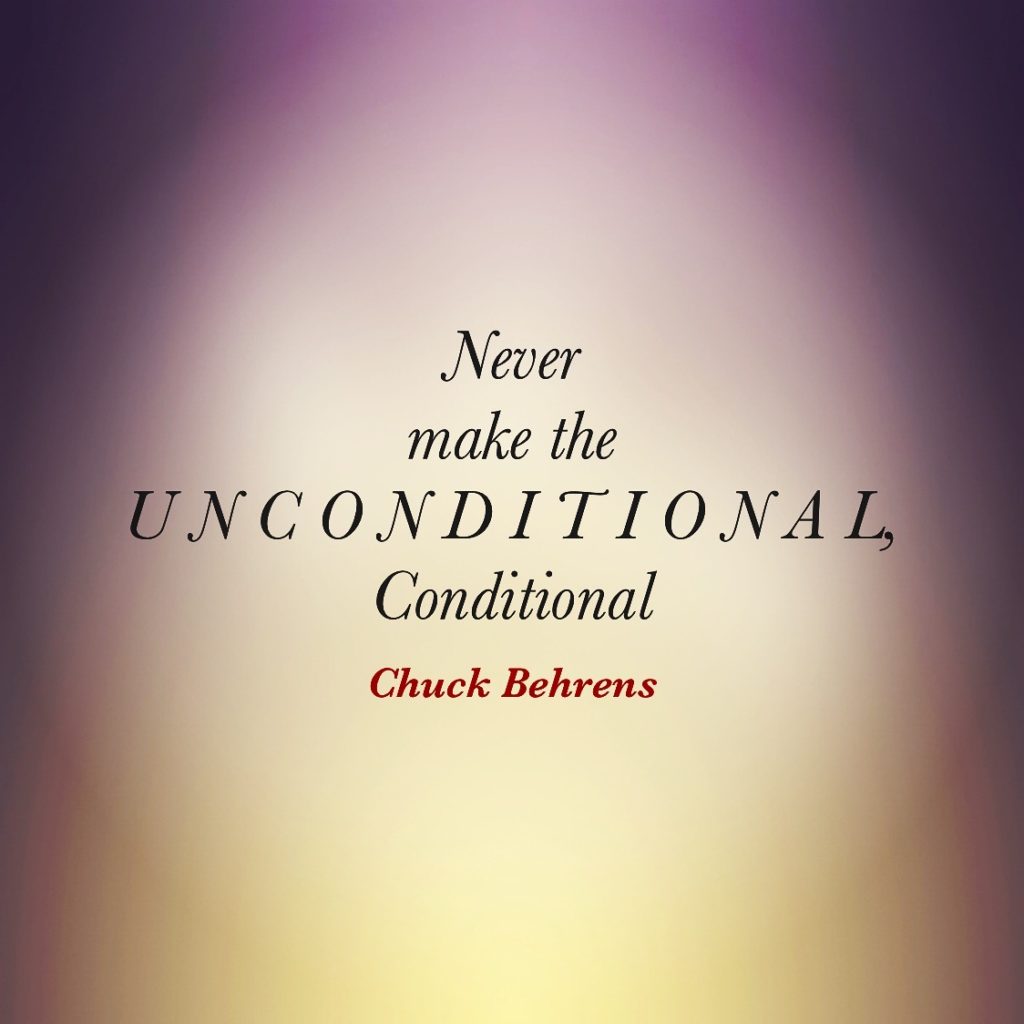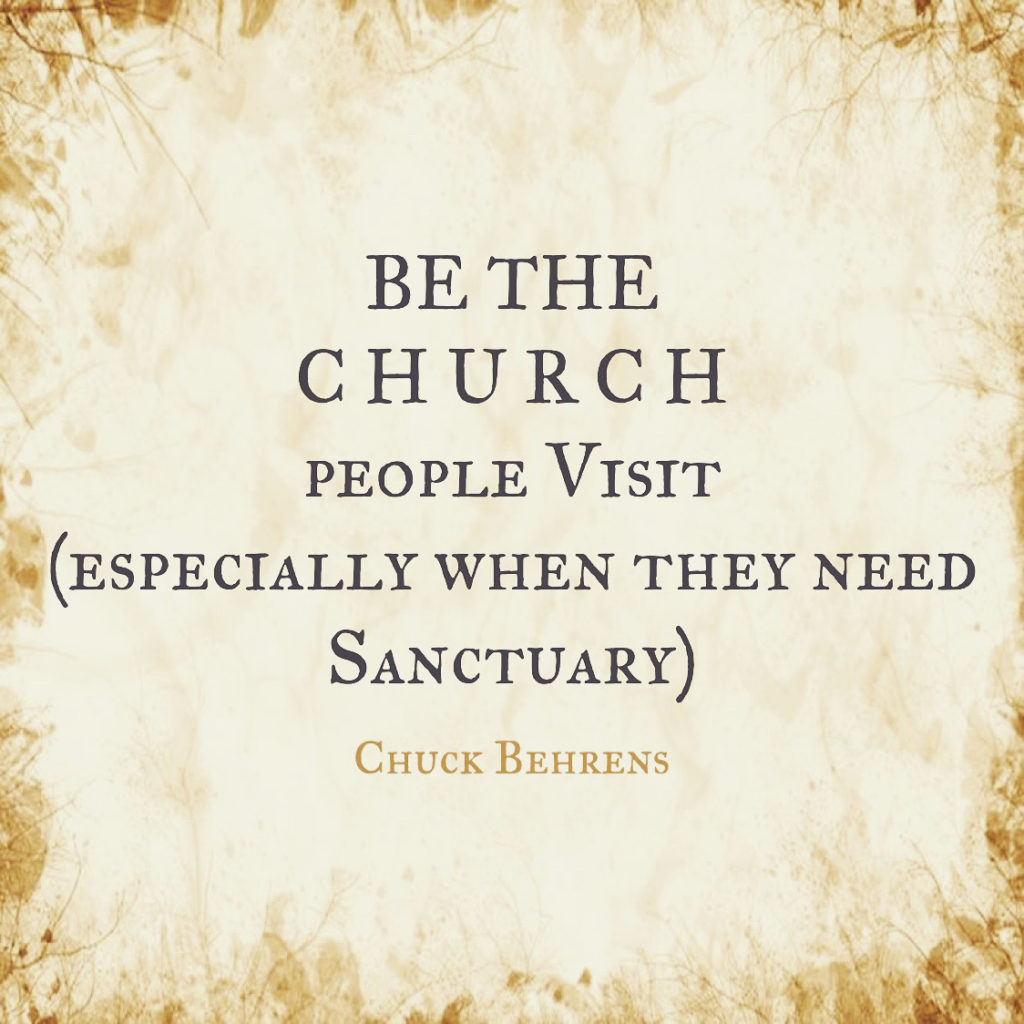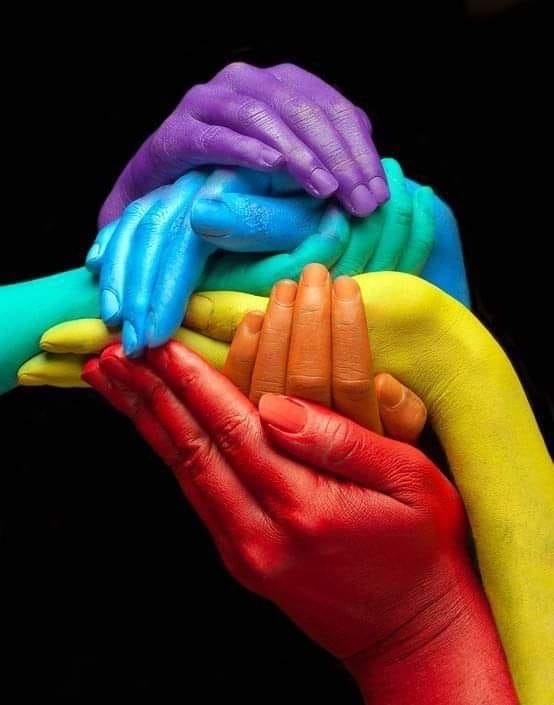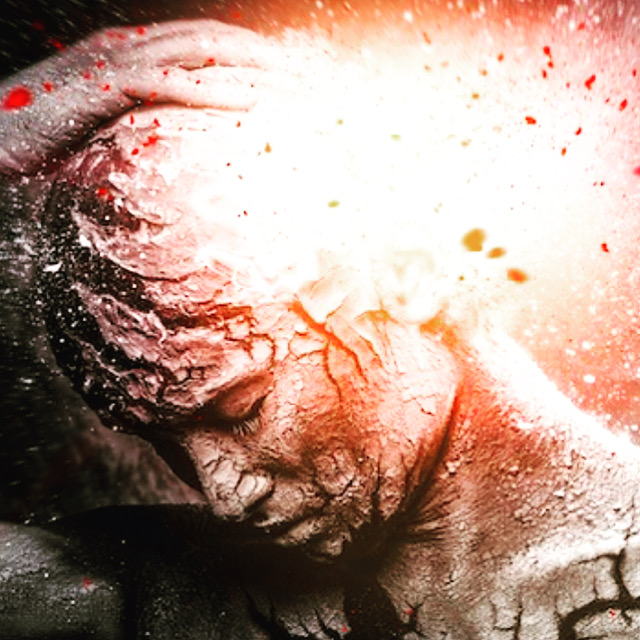
Let’s face it,
We don’t Bemoan
We don’t Lament
We don’t Rue
. . .We REGRET
A LOT
and any time we have a close call
or spend a few months in a
FIRST TIME DEBILITATING PANDEMIC
we begin to do a lot of things that often
whittle down to some good
honest to God
honest to Self
figuring out
life review
which is one of the biggest reasons
WE REGRET
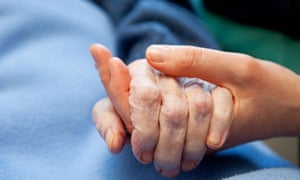
There was no mention of more sex or bungee jumps. A palliative nurse who has counselled the dying in their last days has revealed the most common regrets we have at the end of our lives. And among the top, from men in particular, is ‘I wish I hadn’t worked so hard’.
Bronnie Ware is an Australian nurse who spent several years working in palliative care, caring for patients in the last 12 weeks of their lives. She recorded their dying epiphanies in a blog called Inspiration and Chai, which gathered so much attention that she put her observations into a book called The Top Five Regrets of the Dying.
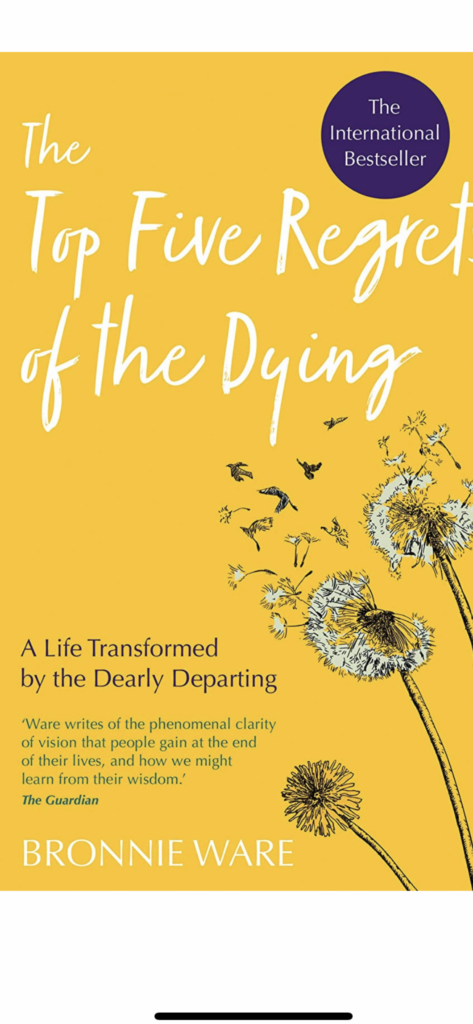
Here are the top five regrets of the dying, as witnessed by Ware:
1. I wish I’d had the courage to live a life true to myself, not the life others expected of me.
“This was the most common regret of all. When people realise that their life is almost over and look back clearly on it, it is easy to see how many dreams have gone unfulfilled. Most people had not honoured even a half of their dreams and had to die knowing that it was due to choices they had made, or not made. Health brings a freedom very few realise, until they no longer have it.”
2. I wish I hadn’t worked so hard.
“This came from every male patient that I nursed. They missed their children’s youth and their partner’s companionship. Women also spoke of this regret, but as most were from an older generation, many of the female patients had not been breadwinners. All of the men I nursed deeply regretted spending so much of their lives on the treadmill of a work existence.”
3. I wish I’d had the courage to express my feelings.
“Many people suppressed their feelings in order to keep peace with others. As a result, they settled for a mediocre existence and never became who they were truly capable of becoming. Many developed illnesses relating to the bitterness and resentment they carried as a result.”
4. I wish I had stayed in touch with my friends.
“Often they would not truly realise the full benefits of old friends until their dying weeks and it was not always possible to track them down. Many had become so caught up in their own lives that they had let golden friendships slip by over the years. There were many deep regrets about not giving friendships the time and effort that they deserved. Everyone misses their friends when they are dying.”
5. I wish that I had let myself be happier.
“This is a surprisingly common one. Many did not realise until the end that happiness is a choice. They had stayed stuck in old patterns and habits. The so-called ‘comfort’ of familiarity overflowed into their emotions, as well as their physical lives. Fear of change had them pretending to others, and to their selves, that they were content, when deep within, they longed to laugh properly and have silliness in their life again.”

I am always cautious to never minimize
or worse
take away someone’s regrets
(they are theirs and even somewhat sacred)
or worse to
“There, There, There,”
them away
but I always like balancing them out a little bit with:
WHAT ARE YOU MOST PROUD?
WHAT ARE YOUR BEST ACCOMPLISHMENTS?
WHAT PAGE OF YOUR BOOK WOULD YOU NEVER TEAR OUT?
WHAT MOMENTS ARE YOU GLAD YOU DUPLICATED?
WHAT BAD THING TURNED OUT TO BE A REALLY GOOD THING?

w h i c h
leads us to
maybe the most important question now
on this Wednesday, July 29 moment:
What’s your greatest regret so far, and what will you set out to achieve or change before you die?
Pssssssssssssssssssssssssssssssssssssssssssssssssst:
N O W
is the time
forever keeping it from being a
r e g r e t
A surefire
BEMOAN BEGON
e l i x i r
. . .I’ll take a double-shot;
JOIN ME

